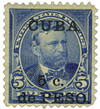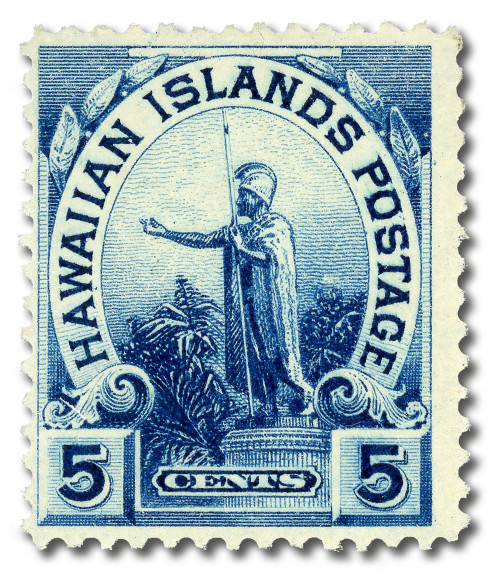
1899 Cuba 5c on 5c blue "CUPA"
# CU225 - 1899 Cuba 5c on 5c blue "CUPA"
MSRP:
Was:
Now:
$2.75 - $95.00
(You save
)
Write a Review

Write a Review

CU225 - 1899 Cuba 5c on 5c blue "CUPA"
| Image | Condition | Price | Qty | |
|---|---|---|---|---|

|
Unused Error Stamp(s)
small flaws
ⓘ
Ships in 1-3 business days.
Ships in 1-3 business days.
$ 95.00
|
$ 95.00 |
|
0
|

|
Mint Stamp(s)
ⓘ
Ships in 1-3 business days.
Ships in 1-3 business days.
$ 21.50
|
$ 21.50 |
|
1
|

|
Unused Stamp(s)
small flaws
ⓘ
Ships in 1-3 business days.
Ships in 1-3 business days.
$ 16.00
|
$ 16.00 |
|
2
|

|
Used Stamp(s)
small flaws
ⓘ
Ships in 1-3 business days.
Ships in 1-3 business days.
$ 2.75
|
$ 2.75 |
|
3
|

|
Used Single Stamp(s)
ⓘ
Sold out.
Sold out.
Sold Out
|
|||
Mounts - Click Here
| Mount | Price | Qty |
|---|

!





